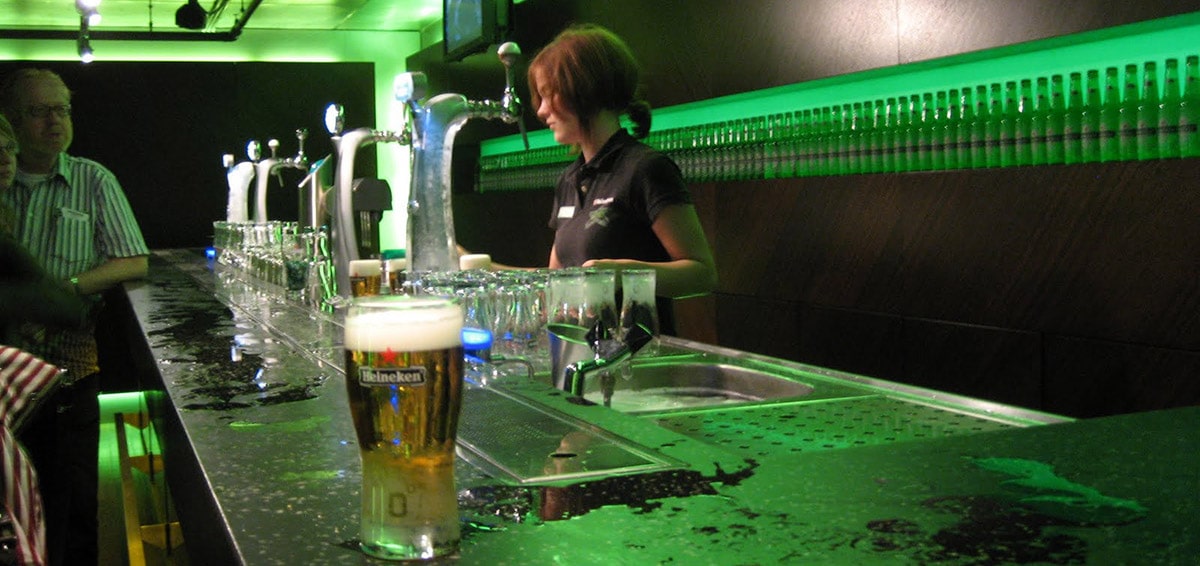
We all agree that if we think of Holland, we think of Heineken beer. Obviously it is not the only thing that is drunk or can drink around here. I mean, there is much more than Heineken and much more than beer in general. But then, How is the drink in Holland?
We will talk about that today, about which are the most popular and common drinks in Holland, to have a list of what we can try when we go there, end of the pandemic through.
Holland and its traditional drinks
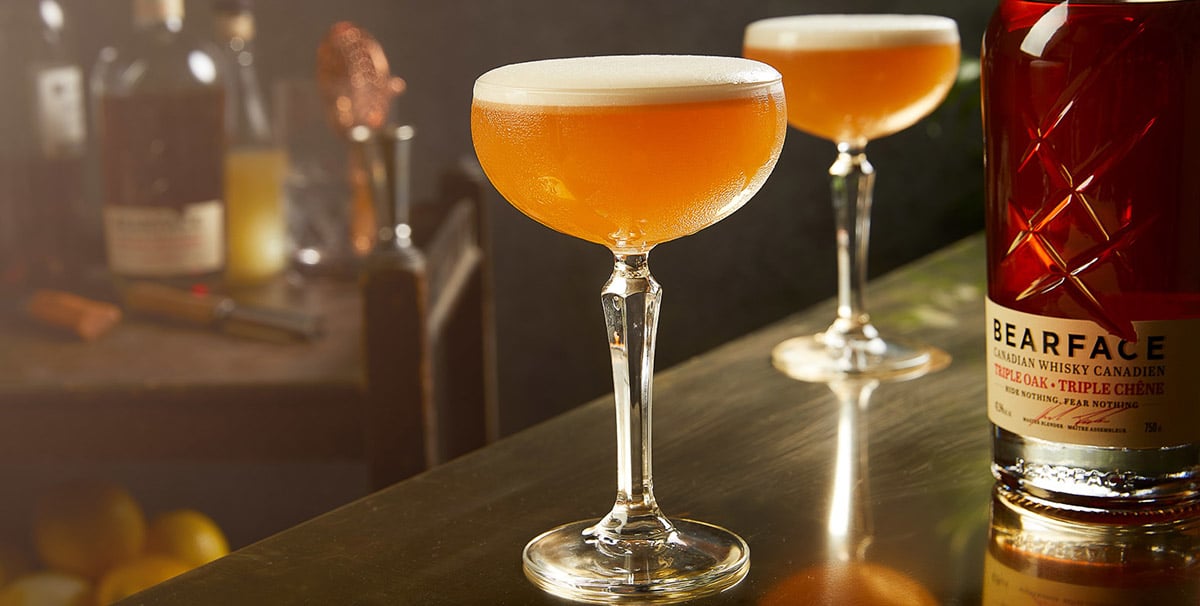
In principle, you have to know that many traditional Dutch drinks contain alcohol and that sometimes not all of them have a very pleasant taste or are what is said, elegant. Regarding the legal drinking age here you can drink beer and wine from 16 and stronger drinks from the age of 18.
As for traditional drinks we count beer, koffie verkeed, fresh mint tea or verse, jenever liqueur and other famous Dutch liqueurs, chocomel, advocaat containing brandy, kopstoot, korenwijn ...
Beer in Holland
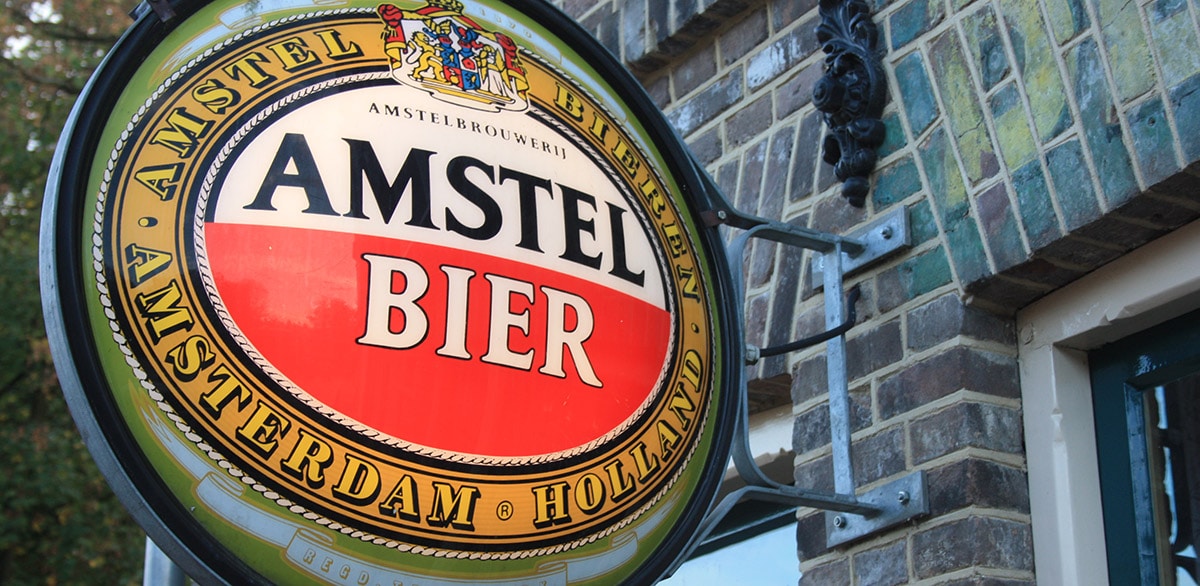
The two most popular brands here are Heineken and Amstel although the locals ask for them by simply saying "pils" or "biertje". It's about beers pale lager and they are quite popular, but it is also true that the Dutch enjoy traditional beers such as bokbier or witbier.
The first is a special beer made in spring and fall that is malt flavored and sweet. The flavor is different in both seasons of the year, and is more intense and spaced in autumn. So, if you go to Amsterdam when the leaves fall you can attend the Bobkier Festival and try it.
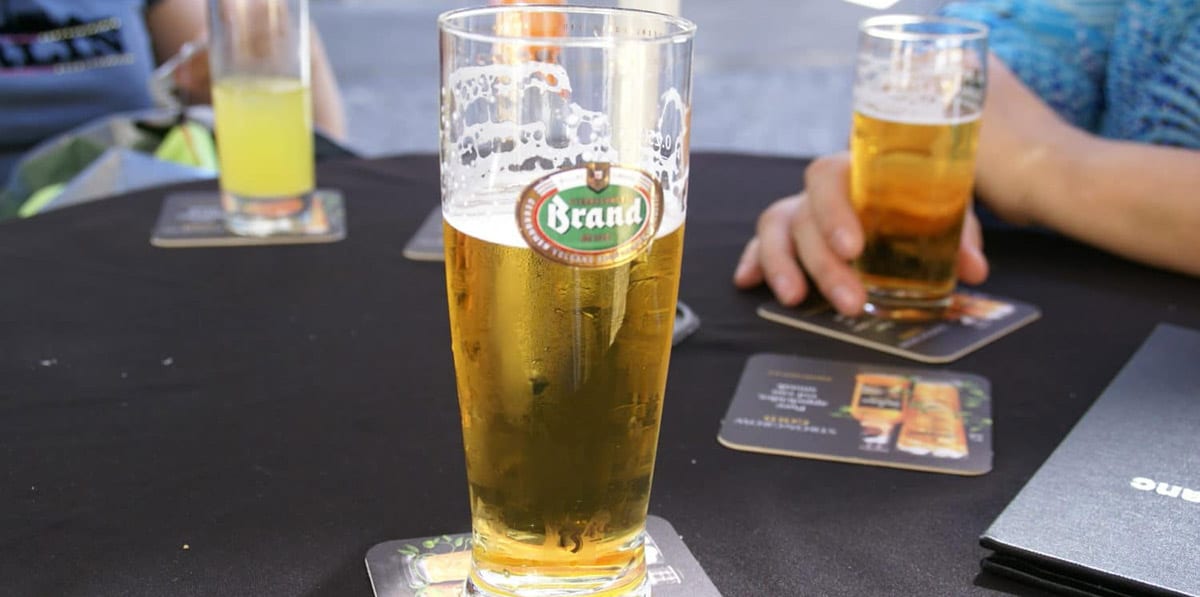
The other beer, the witbier beer, also has spices and is sweet, but it is very fresh. In the Netherlands it is usually served with a lemon wedge and a utensil to crush it at the bottom of the glass and thus bring out its freshness and acidity.
As well there are times when beer is served with a weed mixs, "gruit", used centuries ago and helped preserve beer when hops were not known to exist. You can order this variety in Jopen in Haarlem, for example.
The truth is that today there are many breweries that offer a wide variety of beers. You can go to bars or you can visit specific breweries.
chocolate milk
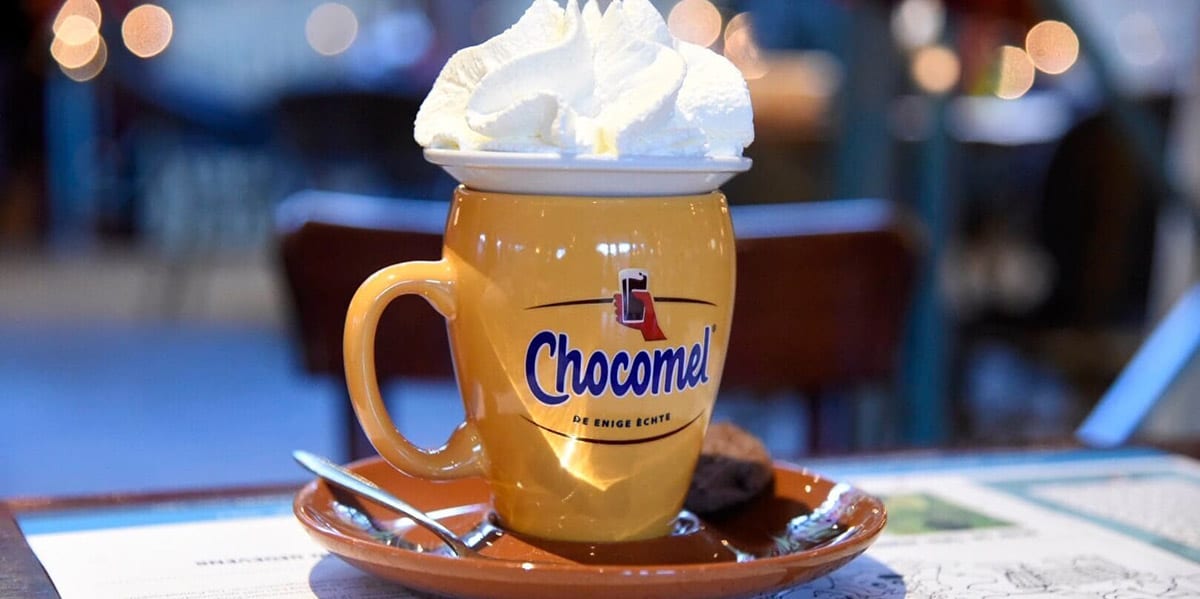
Okay, this drink has a children's name but here everyone consumes it equally. On cold days it is common to ask for a chocomel, the most popular commercial name of this hot chocolate and comforting.
There are even vending machines for Chocomel in some cafes and bars, it is sold in the supermarket and in food stores and there are varieties that include dark chocolate, with cream or skimmed milk.
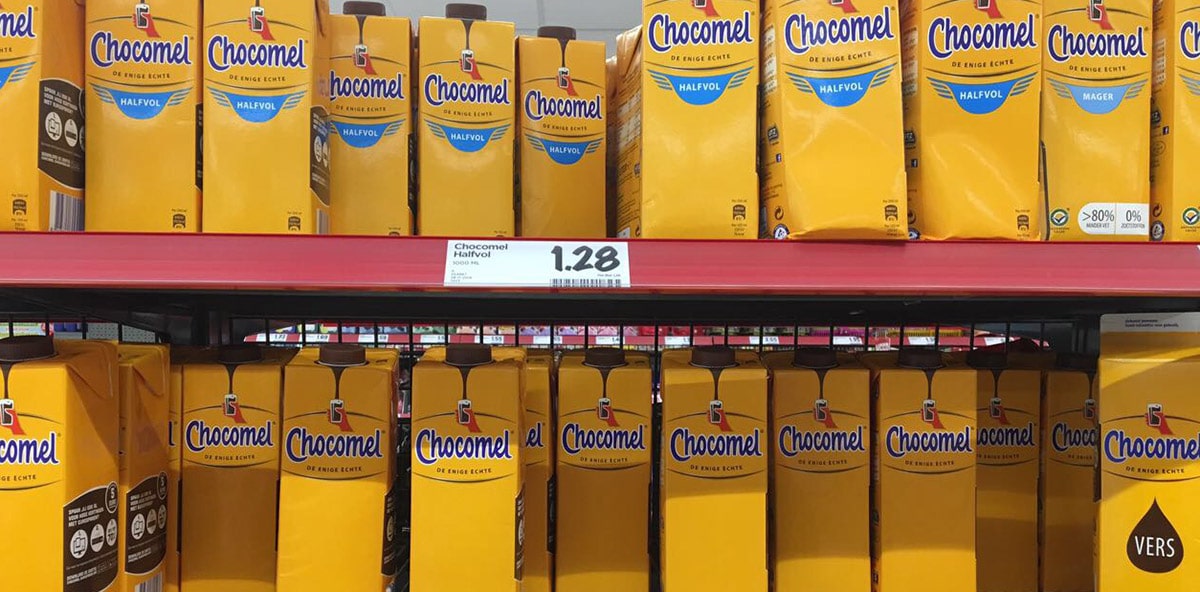
The brand's motto is "de enige échte", something like The first and the only. Of course there are alternatives, Tony Chocolonely milk that you can also buy throughout the Netherlands, and especially in stores that sell organic products.
Liqueurs
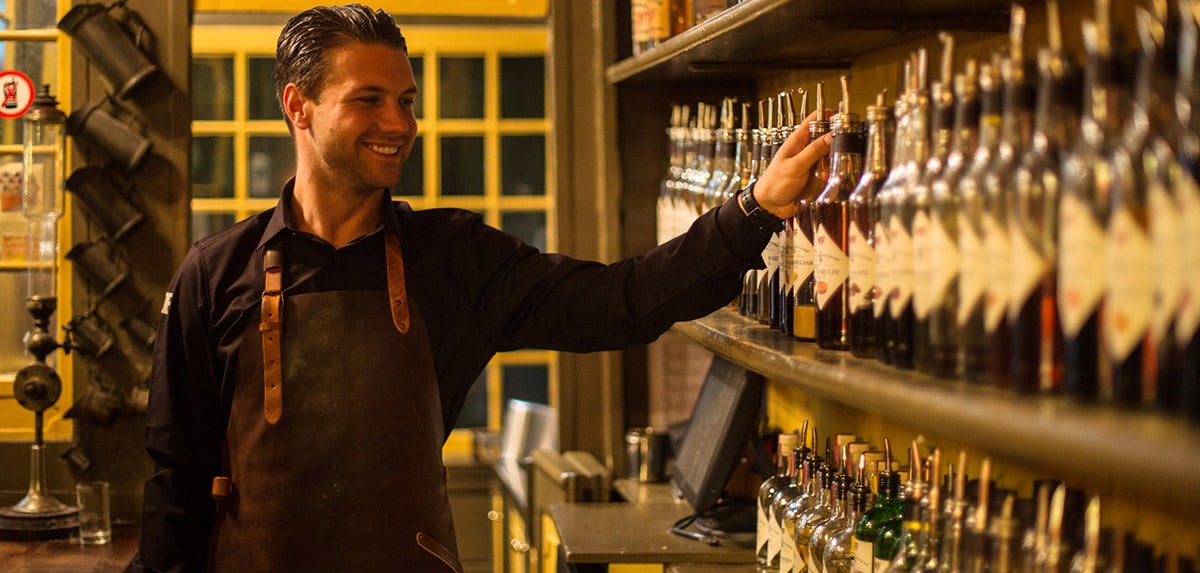
Holland has many spirits and one of the most popular in Amsterdam is the Wynand Fockink liquor. Another famous liquor is T Nieuwe Diep. The truth is that liqueurs have been popular in Holland since the seventeenth century, the golden age of these lands, a time when only the richest could afford liqueurs made with imported sugar, spices and fruits.
At that time, the poorest, the common people, drank only beer or jenever, but could not afford liquor. Since then, the liquor served in small tulip-shaped glasses They fill to the brim, so no bending over and be very careful. It is said that it is served like this, almost overflowing, because the Dutch merchants said that they filled the glass with their money, so, please, to the top of everything.
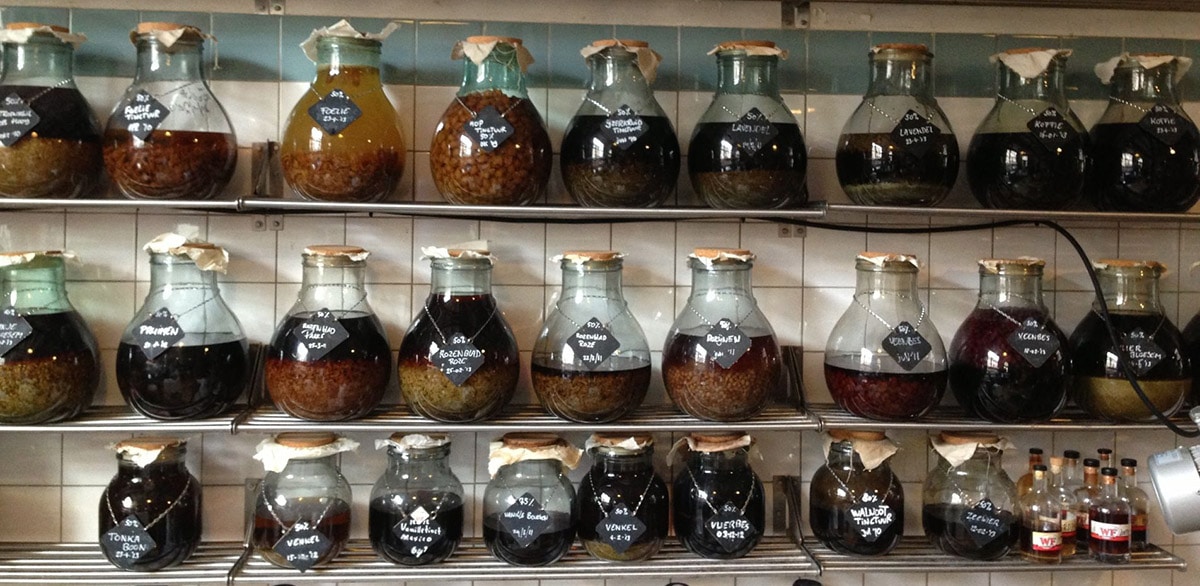
Traditional Dutch liqueurs are made by adding spices or fruits, or both, to the distilled beverage which can be vodka or jenever. Sugar is added, the mixture is left to marinate for at least a month and the result is a sweet liquid with a strong and clear flavor, with intense alcoholic content.
One of the most popular liqueur flavors in the 'duindoor', flavored with orange grown in the dunes of the North Sea. Also there are liqueurs with cherry or lemon, like the Italian classic known as lemoncello.
jenever
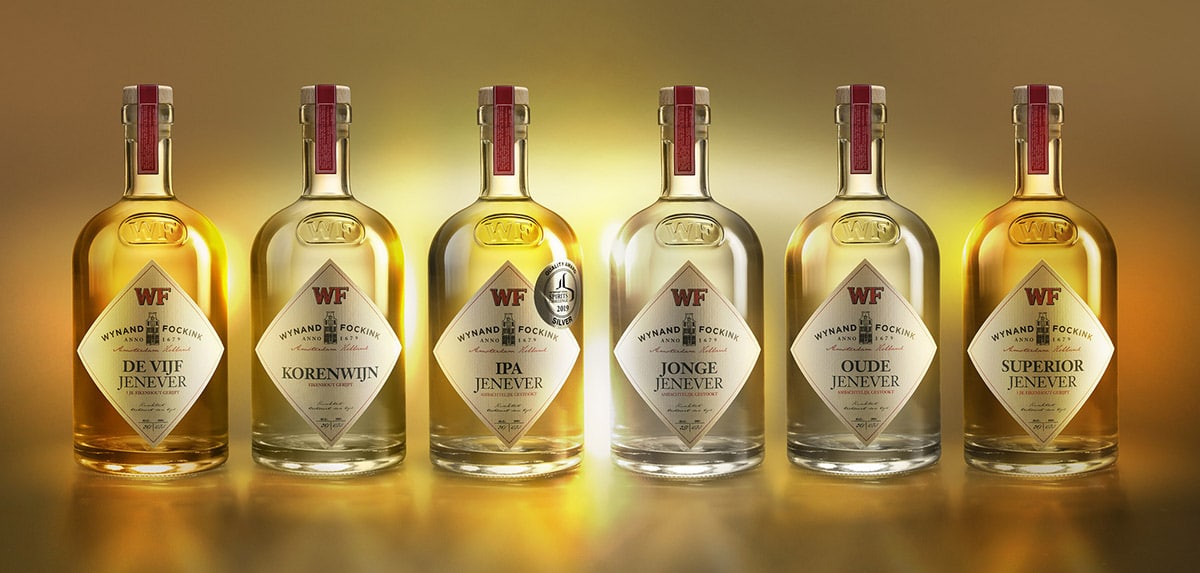
Above, on the occasion of talking about liquors, we talked about jenever, Dutch version of the English gin. History says that jenever was consumed by Dutch soldiers during the war between Spain and England in 1630. They supposedly drank before the battle and shared it with their English allies.
When the English soldiers returned to their country they brought with them the recipe for "Dutch Courage", as it had been baptized. They weren't as successful, the flavor didn't stay the same at first, so they added some herbs and spices to make it more "drinkable" and this is where the difference between English herbal gin and Dutch jenever comes from.
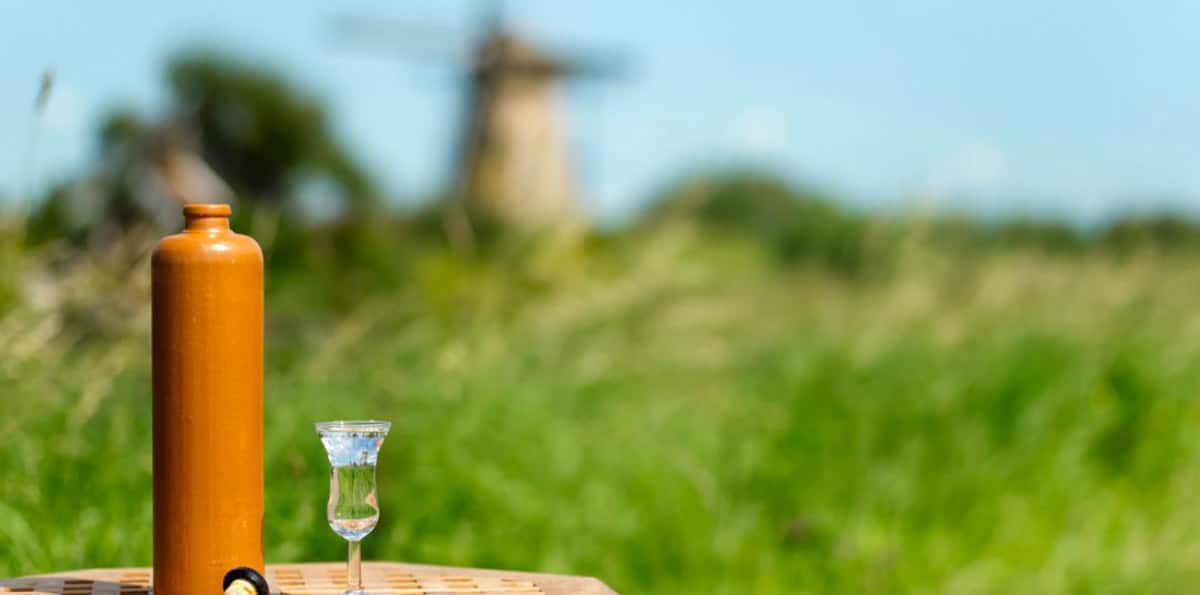
The jenever It is made by distilling grains and flavoring it with juniper berries, and sometimes some species that are used to make liqueurs. As the port of Rotterdam was used to import grain all the neighborhoods around, the Schiedam area, for example, were populated with jenever distilleries and can still be seen today.
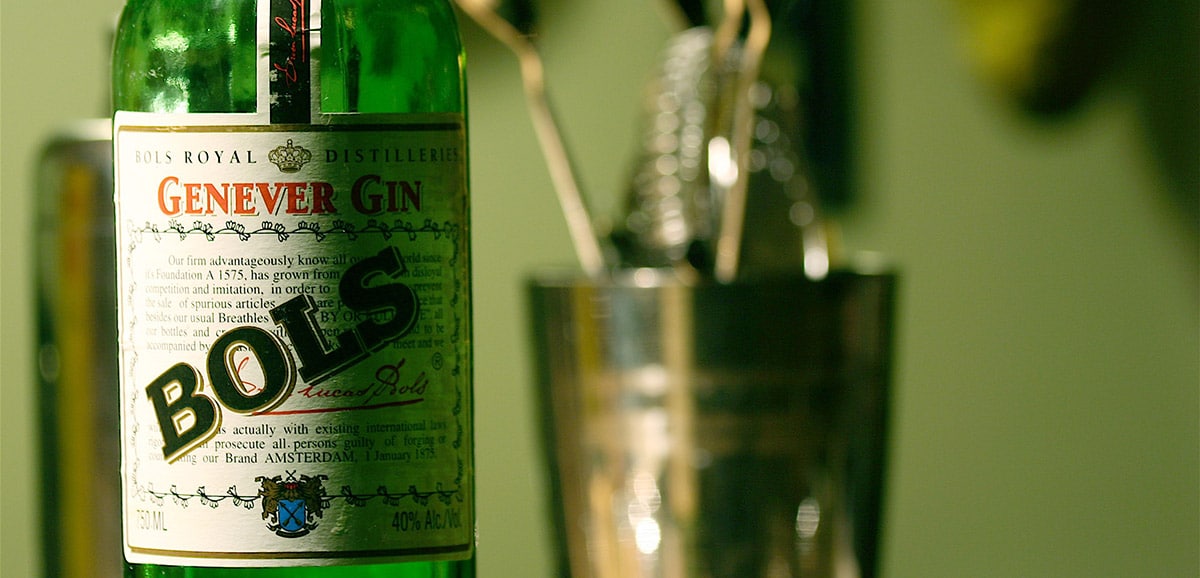
There are different styles of jenever: oude and jonge. The difference does not lie in the time they are left to macerate but in their recipe. Jenever oude is made with an older recipe, while jonge is a newer style. If you are interested in knowing this story better, you can visit the Bols house in Amsterdam, or the Jenever Museum, in Schiedam.
See you munt
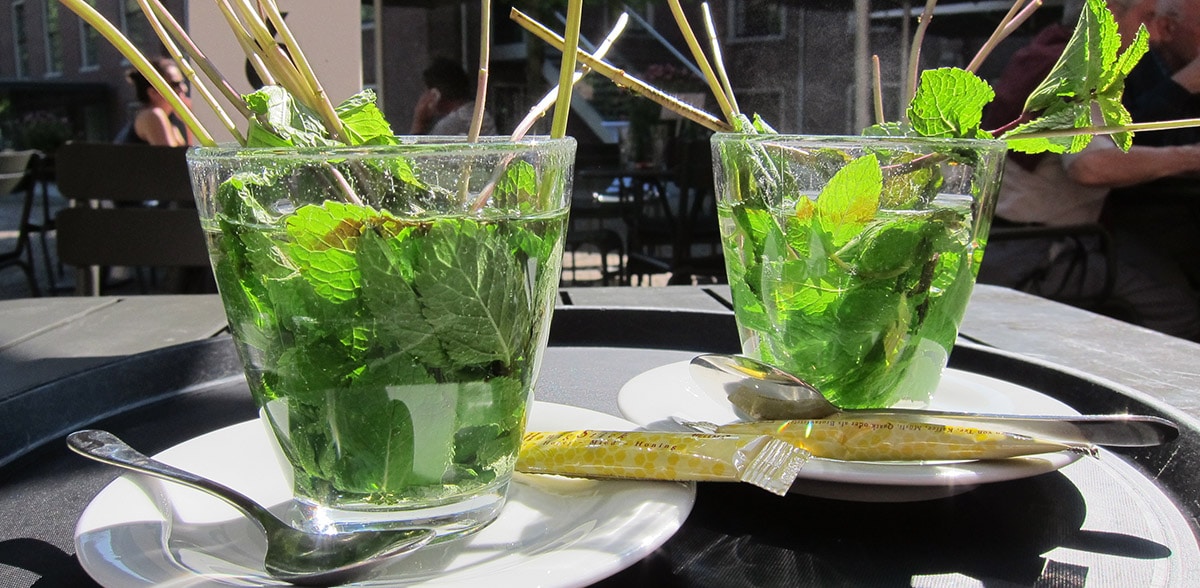
We get out of alcohol for a bit and go to tea. This is a fresh mint tea which is very traditional in Holland and is drunk a lot in any corner of Amsterdam. Tea is served in a glass cup or tall mug, with hot water and a handful of fresh tea leaves.
You can add honey and lemon slices and it is a lighter option if you do not feel like a coffee or you want something more digestive.
Koffie verkeerd
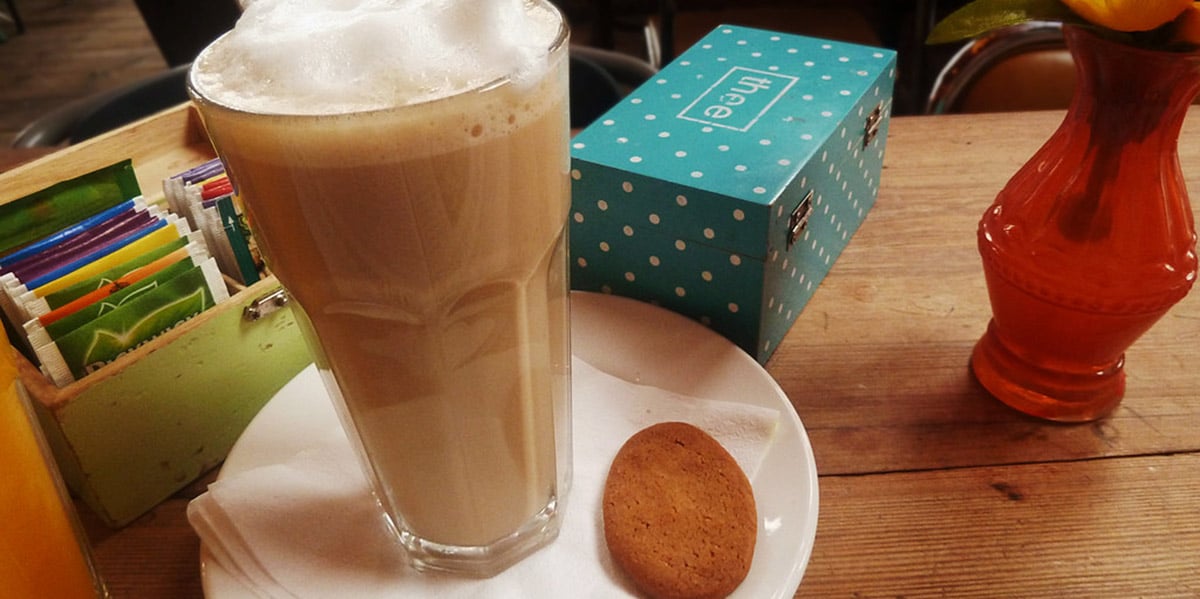
From tea to coffee there is only one step. If you like the combination of coffee with milk then this Dutch coffee is for you. It is the Dutch version of the classic caffè latte or café au lait or coffee with milk. Hot milk coffee that is usually made with an espresso as a base to which steamed milk is added to make it foam. A delight.
The name, koffie verkeerd, means wrong coffeeBecause ordinary coffee barely has a drop of milk. The usual thing is to order this version in the morning or in the afternoon, and while there are those who drink it bitter, others add a sugar cube. In cafes or bars it is served with a cookie or cookie as an accompaniment.
Attorney-at-law
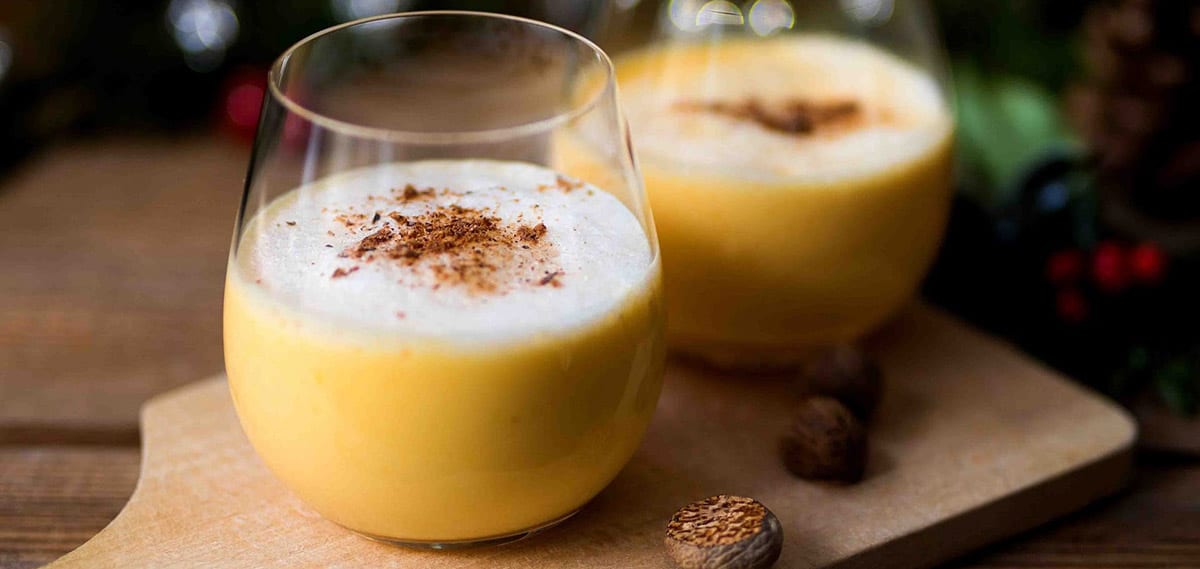
We return to alcoholic beverages. This drink is made from eggs, sugar and brandy. The result is a golden drink that serves as base for making many cocktails and desserts.
One of the best known cocktails made with advocaat is Snowball: here half and half are mixed with lemonade. Yes, the same is served in England, but here in Holland it is usually served with a flake of whipped cream and cocoa powder.
The word, advocaat, means lawyer and it is no coincidence. The story behind the drink says that advocaat or advocatenborrel was used for those who had to speak in public before lubricating their throat. Who speaks in public? The lawyers.
Korenwijn
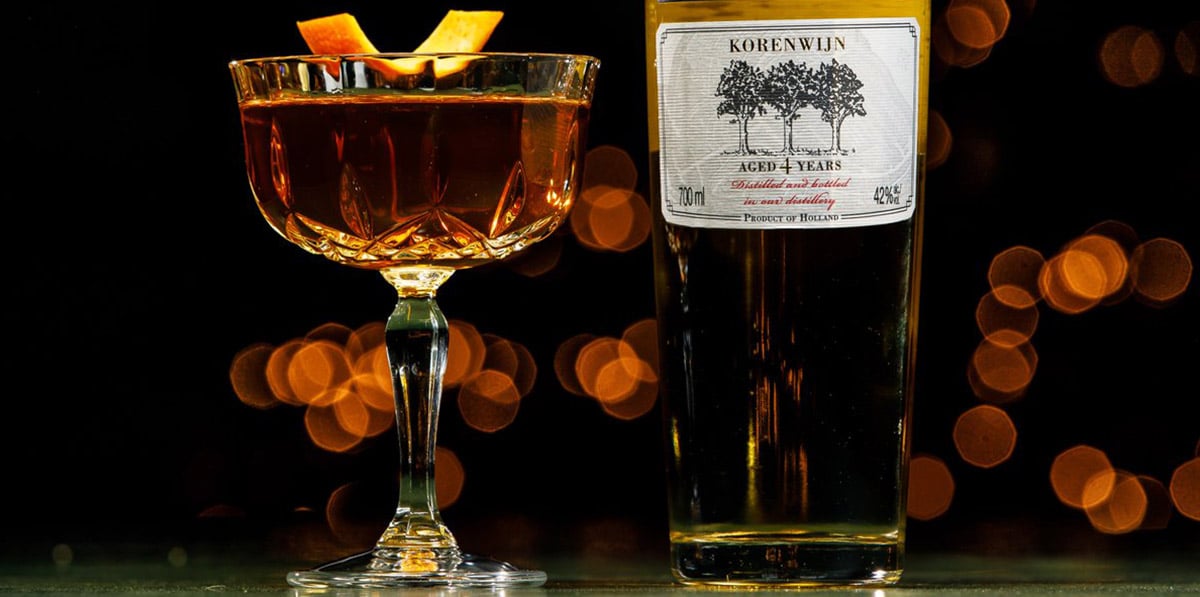
This drink is available in all typical Dutch liquor stores or bars, even in restaurants or cafes. Not to be confused with jenever. This drink is made from grains, but unlike jenever that uses juniper berries, those berries are not here. So, the taste is very different.
In general, the korenwijn served with traditional Dutch food, For example, him herring (Fish dish).
kopstoot
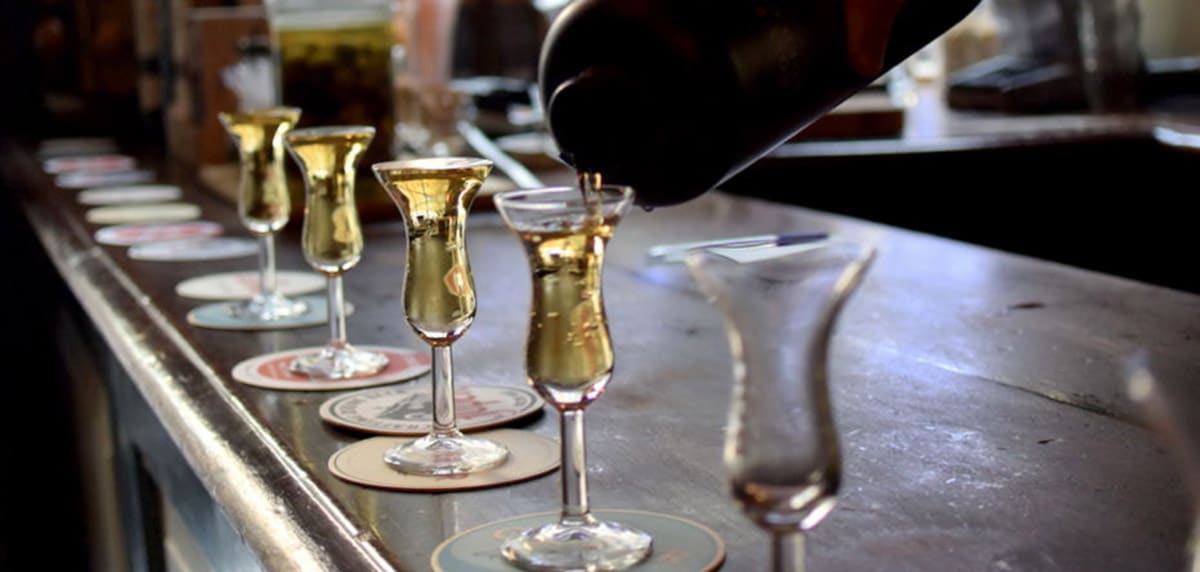
It can be compared to the English boilmaker. Two glasses are served, one of beer and one of jenever. First you drink the jenever, in a single gulp, and then the beer to calm the burning of the first.
Fun and intense and very Dutch, if you want to experience a 100% national experience.
Orange bitter
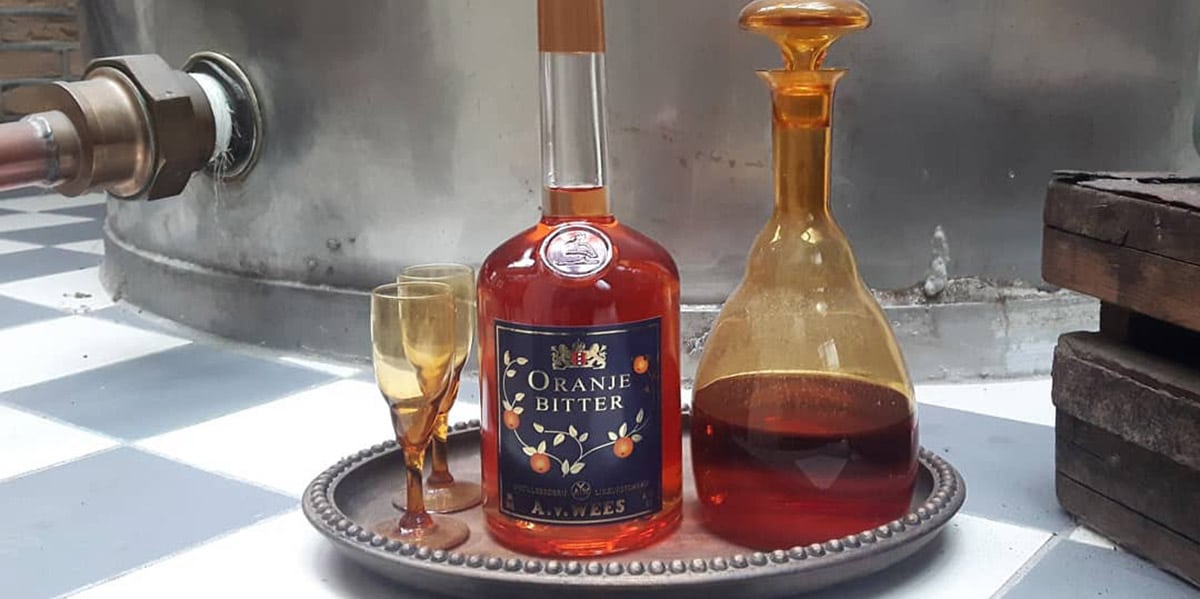
It is nothing other than an orange drink that appears in national celebrations, like King's Day or football matches or Liberation Day. It's a very strong liquor, with 30% alcohol, and is usually served in a s.
The oranjebitter it's bitter and strong, it is made with brandy, oranges and orange peel. It is similar to the classic orange liqueur but the liqueur has sugar in it. It must be said that today most Oranjbitter bottles have sugar, so it is no longer soooo bitter.
Old
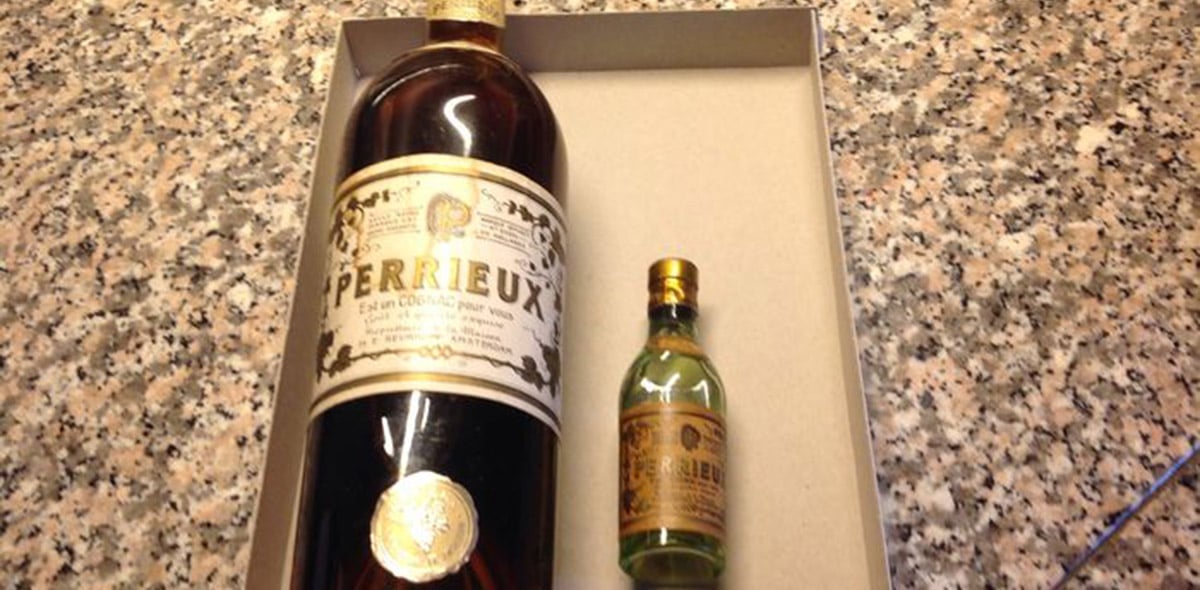
Although it has a French name, the drink is Dutch. It is a liquor, the Dutch version of the classic cognac. It used to be called the same as its French brother, but in the 60s the French version obtained the designation of origin and then the name had to be changed.
A popular drink is to mix it with Coca-Cola, although we must not forget that it has a lot of alcohol, about 35%. A much stronger liquor is Goldstrike, with an alcohol content of 50%.
So far, some of the drinks in Holland but of course there is more. On your next trip to the Netherlands, wear a liver protector and…. to enjoy!